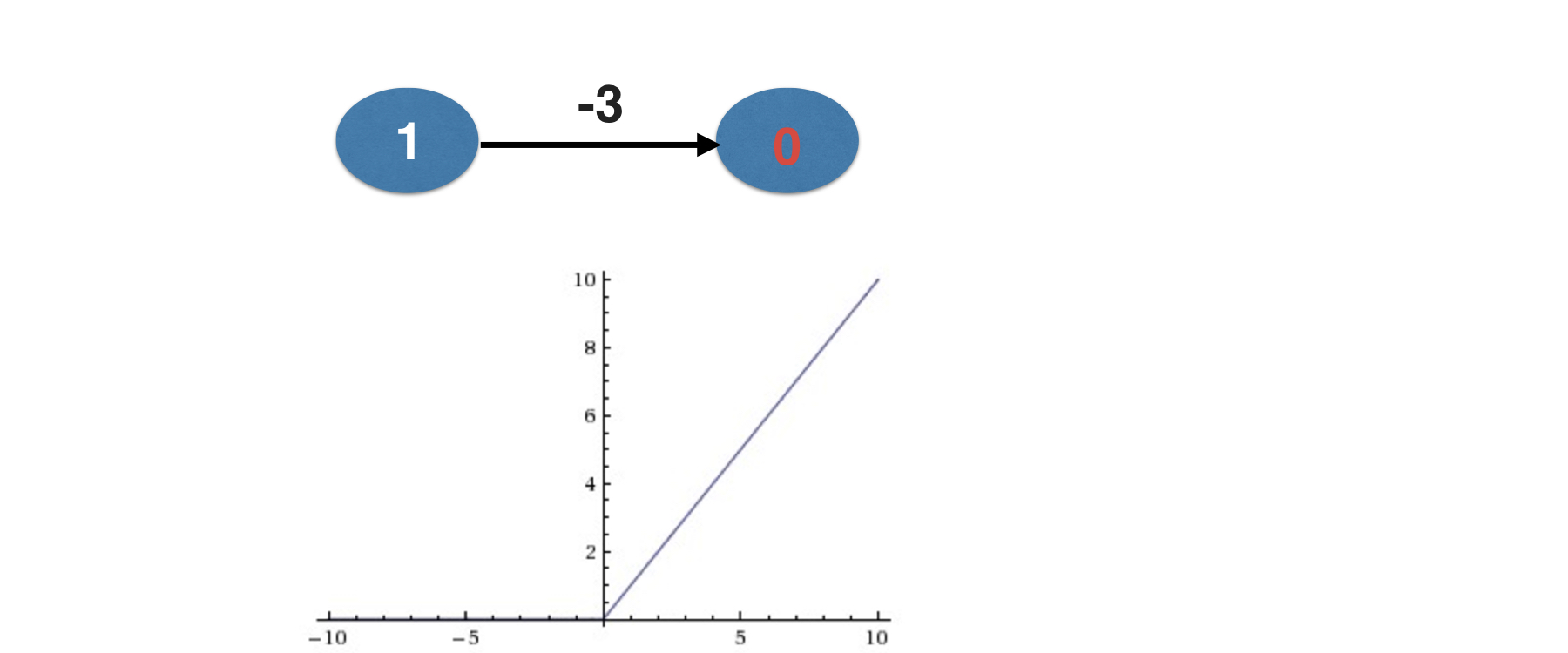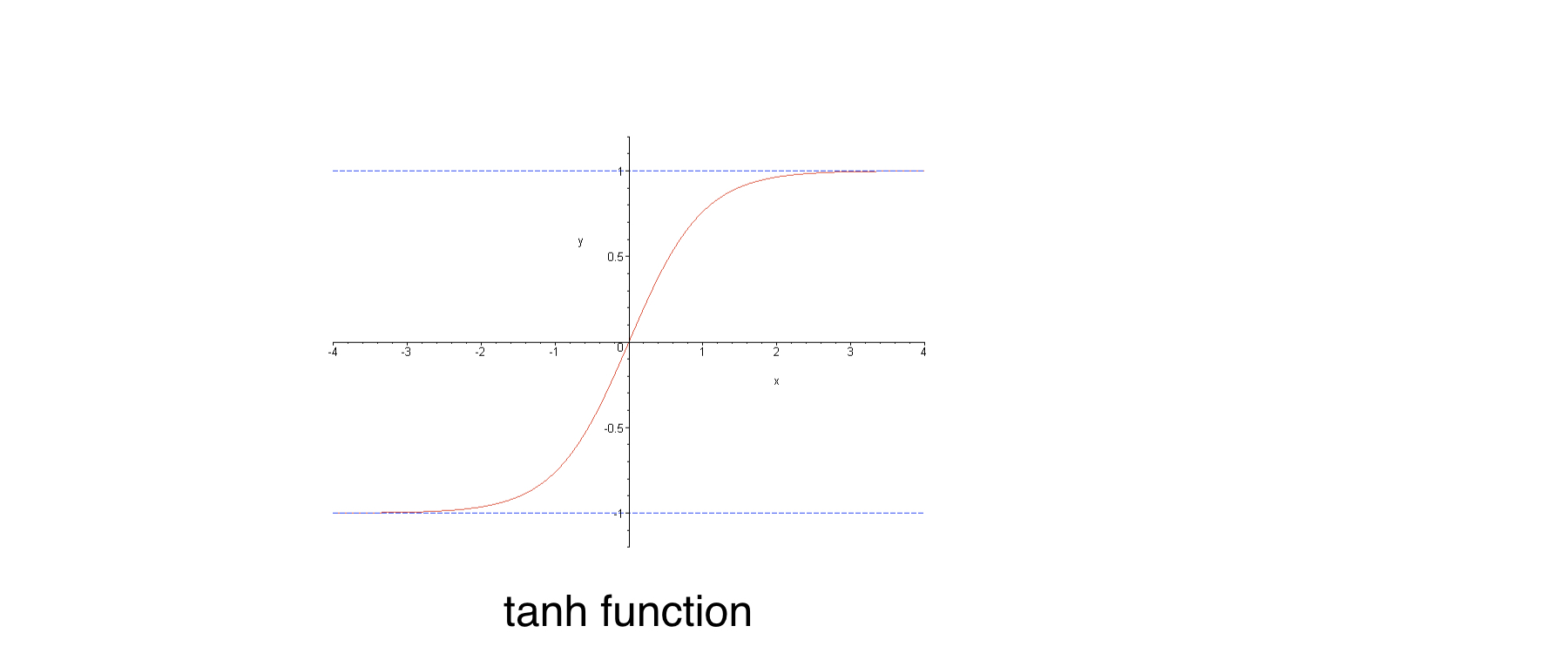Understanding model optimization
Introduction to Deep Learning in Python

Dan Becker
Data Scientist and contributor to Keras and TensorFlow libraries
Why optimization is hard
- Simultaneously optimizing 1000s of parameters with complex relationships
- Updates may not improve model meaningfully
- Updates too small (if learning rate is low) or too large (if learning rate is high)
Stochastic gradient descent
def get_new_model(input_shape = input_shape):
model = Sequential()
model.add(Dense(100, activation='relu', input_shape = input_shape))
model.add(Dense(100, activation='relu'))
model.add(Dense(2, activation='softmax'))
return(model)
lr_to_test = [.000001, 0.01, 1]
# Loop over learning rates
for lr in lr_to_test:
model = get_new_model()
my_optimizer = SGD(lr=lr)
model.compile(optimizer = my_optimizer, loss = 'categorical_crossentropy')
model.fit(predictors, target)
The dying neuron problem

Vanishing gradients

Vanishing gradients
- Occurs when many layers have very small slopes (e.g. due to being on flat part of tanh curve)
- In deep networks, updates to backprop were close to 0
Let's practice!
Introduction to Deep Learning in Python

